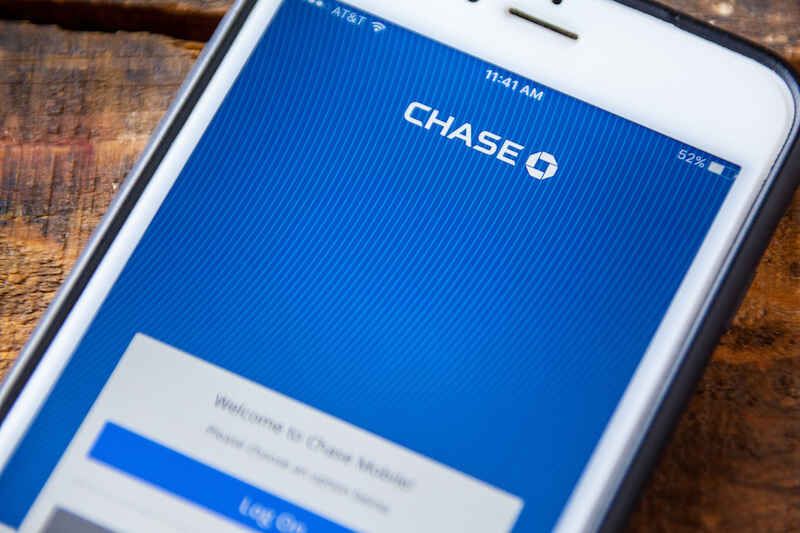14
July 2022
Customers Transferring Money to Chase Accounts Using CHAPS Risk Seeing the Money “Disappear”
Savers migrating money into new Chase accounts are urged not to use CHAPS transfers as the bank doesn’t accept that form of payment, and the money could be left in limbo.
In a case reported by The Telegraph, a customer attempted to use the CHAPS system to transfer an £85,000 inheritance from a Barclays account into a Chase easy-access savings account.
The Barclays account was paying a “pitiful rate” of 0.01%, while the Chase saver offered a market-leading 1.5% - at its launch the best easy-access savings rate seen in the UK in three years. That’s the difference between earning just £8.50 in interest on the savings pot and earning £1,275. So the switch seemed like a coup to this saver.
The customer was encouraged by Barclays’ telephone banking team to make the transfer using the Clearing House Automated Payment System, or CHAPS, as this would be safest.
However, neither the Barclays staff nor the customer was aware that Chase doesn’t currently accept CHAPS payments. Therefore the money left the customer’s Barclays account, and never arrived in the Chase account.
Panicked, the customer contacted Chase, which clarified it doesn’t accept CHAPS payments and said he should recall the payment through Barclays. After several stressful days, the money was traced to a “holding account” with Chase and transferred back to his Barclays account. He eventually send the money to the Chase account using faster payments.
Most transfers between banks are completed through these faster payments. However, CHAPS payments are more secure and typically used for large sums.
So it’s highly unusual that Chase doesn’t currently accept CHAPS payments. The US-owned bank hasn’t said why but said it intends to introduce CHAPS payments “soon.”
A spokesperson for Chase said: "Chase receives money through the Faster Payments Scheme, which allows transfers of up to £1 million.
"Customers looking to pay large amounts from another bank should first contact the sender to ensure that they are transferring via a Faster Payment. They can also contact our customer support team via the Chase app if they need assistance.”
Another customer reported a similar issue when he tried to cash in £20,000 in Premium Bonds and transfer the money into a Chase savings account, although the cause of the problem was different.
In this case, reported by the Times, National Savings & Investments (NS&I) couldn’t verify the Chase bank account with it third-party credit reference agency it uses. Apparently, the agency doesn’t recognise Chase because it launched just last year in the UK and hasn’t started lending yet, offering only current accounts and savings products.
That customer's money was ultimately located and credited back to the customer’s NS&I account, where the Premium Bond prize rate rose to 1.4% in June.
These reports suggest that, just under a year on from its UK launch, Chase is still experiencing teething issues.
Some of those problems are just the price of popularity. Earlier this spring, after launching the market-leading savings account, the bank received so many applicants it had to place them in a virtual waiting room for up to five weeks. Chase has since scrapped the queue, meaning savers don’t have to wait to start earning 1.5% interest on their hoards.
Chase's current account is also attractive, offering 1% cashback on all debit card spending for a year and 5% cashback on savings roundups. And if you refer a friend, you'll get a £20 bonus.
The recent craze has taken Chase to around half a million British accounts. That’s a tiny fraction of the 60 million customers it serves in the US, but Chase has big ambitions for the UK, intending to launch loans and investment products and sign up “millions of customers over time.”





